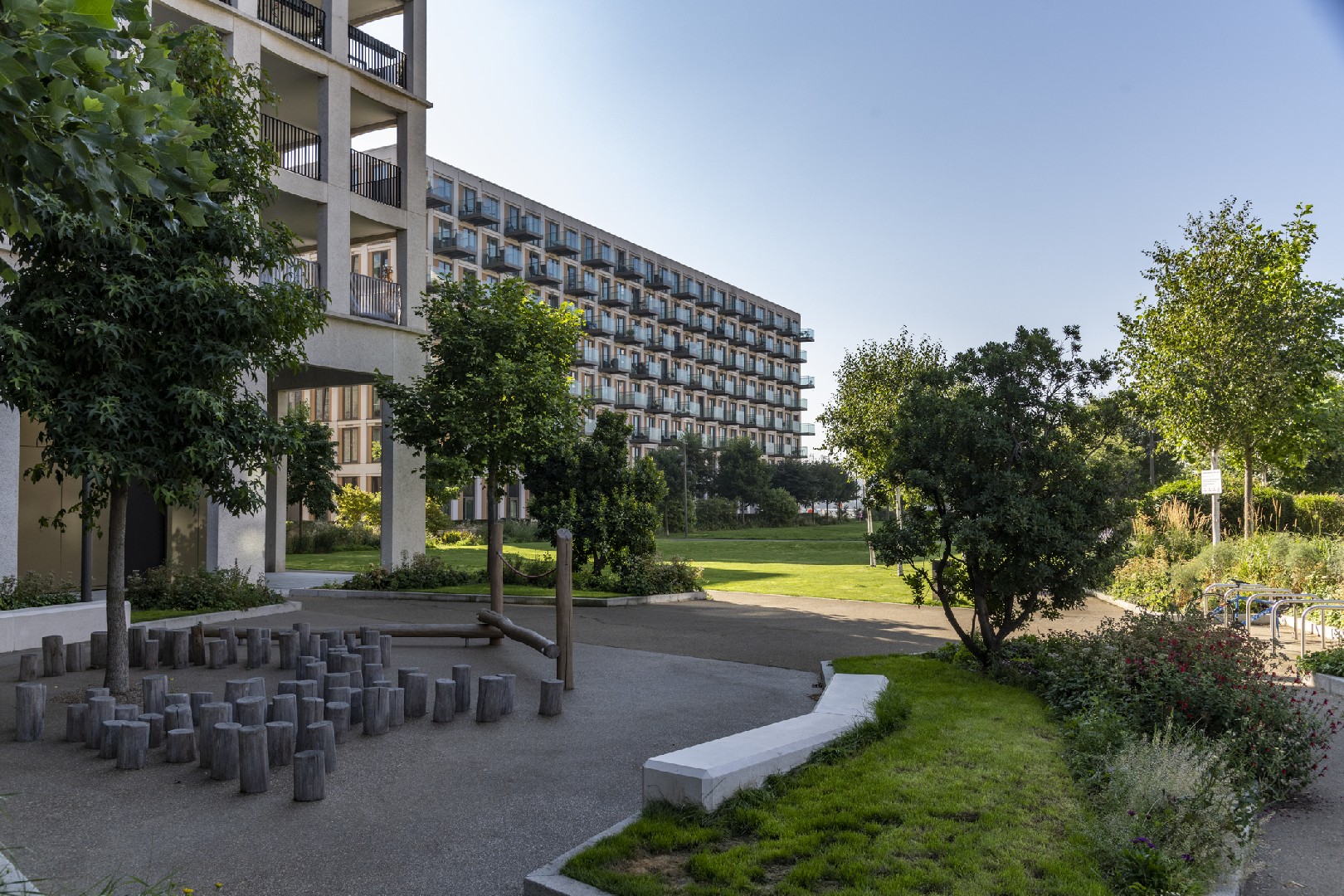![Rectangle]()
The Concept of Nature Connection in Landscape Design
Nature connection is a fundamental aspect of landscape design for schools, as it plays a crucial role in fostering children's overall development. But what exactly is nature connection? Nature connection refers to the emotional and psychological bond that individuals form with the natural world. It is a holistic concept that encompasses the physical, intellectual, emotional, and spiritual aspects of our relationship with nature.
Nature connection is especially relevant to childhood development because it provides children with numerous benefits. First and foremost, spending time in nature has been found to improve mental and physical wellbeing among children. Studies have shown that exposure to green spaces can reduce symptoms of stress, anxiety, and depression in children. Additionally, nature connection has been linked to improved immune function, increased physical activity, and better sleep quality. By creating interactive and educational landscapes in schools, we can provide children with daily opportunities to connect with nature and reap these health benefits.
Furthermore, nature connection has a significant influence on cognitive functioning and creativity. Spending time in natural environments has been shown to enhance attention and concentration, leading to better academic performance. In fact, research has demonstrated that exposure to nature can improve focus and reduce symptoms of attention deficit hyperactivity disorder (ADHD) among children. Additionally, nature connection stimulates creativity by inspiring imagination, curiosity, and problem-solving skills. By incorporating natural elements such as gardens, water features, and wildlife habitats in school landscapes, we can encourage children to think creatively and explore the wonders of the natural world.
To create interactive and educational landscapes that foster nature connection, landscape designers can employ various methods and skills. One effective method is the integration of natural play elements, such as climbing structures, slides, and sand pits, that mimic the features of the natural environment. These elements provide children with opportunities for unstructured play and exploration, helping them develop a sense of wonder and curiosity about nature.
Another skill that landscape designers can utilize is the incorporation of educational signage and interpretive displays. These features can provide information about local flora and fauna, ecological processes, and sustainability practices. By giving children access to information about the natural world, we can enhance their understanding and appreciation of nature, fostering a lifelong connection.
Additionally, landscape designers can create nature-based learning areas within school landscapes. These areas can include outdoor classrooms, sensory gardens, and nature trails that provide hands-on learning experiences. By incorporating subjects like biology, ecology, and environmental science into outdoor learning spaces, we can make education more engaging and relevant to children.
In conclusion, the concept of nature connection in landscape design is crucial for creating interactive and educational landscapes in schools. By fostering nature connection, we can promote children's mental and physical wellbeing, enhance their cognitive functioning and creativity, and instill a deep appreciation for the natural world. By employing methods such as the integration of natural play elements, educational signage, and nature-based learning areas, landscape designers can create spaces that provide practical value to schools, encouraging children to connect with nature and learn from it.





